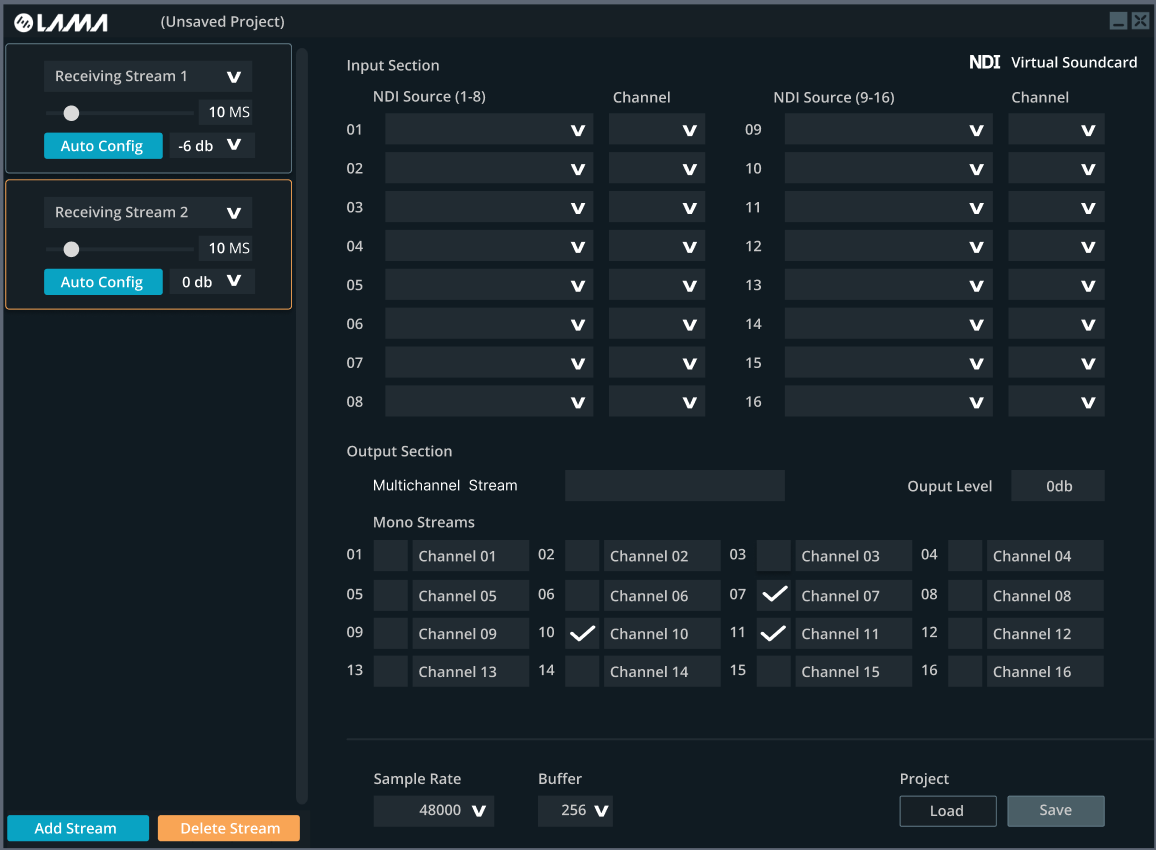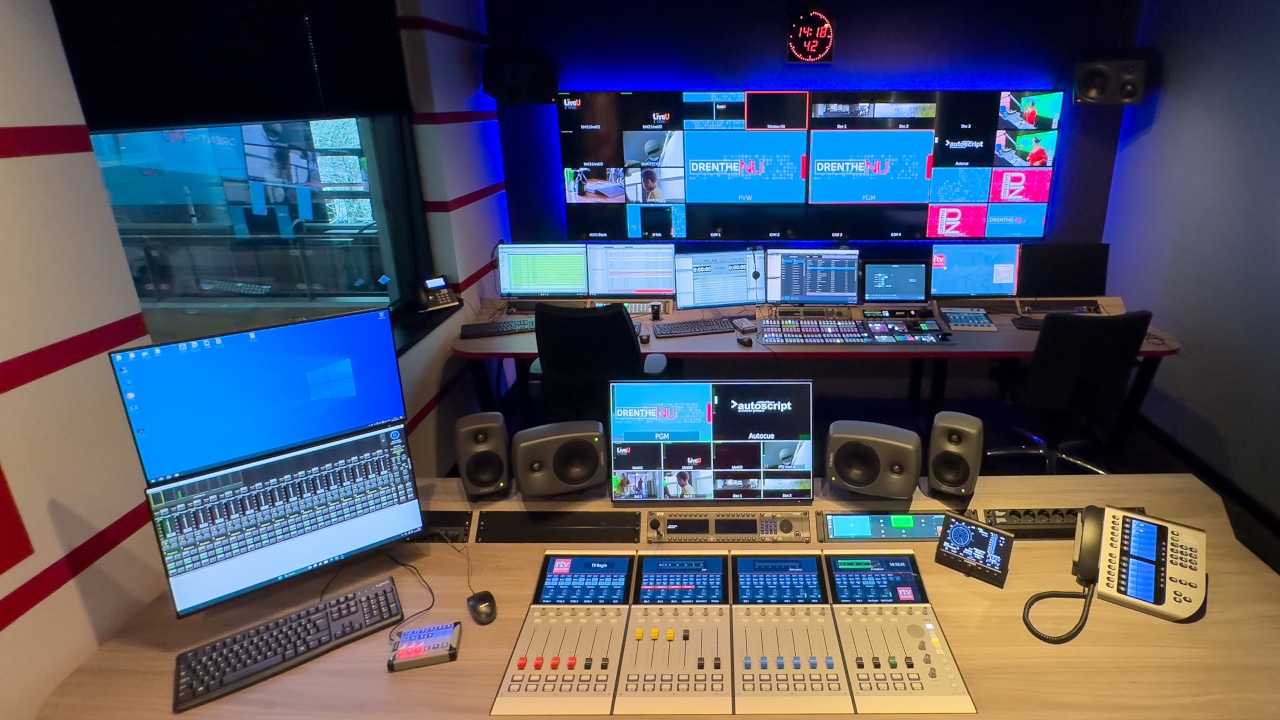
TERNEUZEN, Netherlands — Broadcast Partners specializes in transmitter network management in Benelux. We have transmitter parks in the Netherlands and Belgium, that are in use for both national commercial and public radio stations.
We also manage the radio distribution chain of our clients, including program signal supply, audio processing, and if required, SFN synchronization. As part of our commitment to our clients, in addition to equipment, we offer advice and support to ensure these media companies make the right technical and strategic choices.

We only collaborate on projects with manufacturers that follow the same customer relationship philosophy as us: reliability, support, reactivity and excellent expertise in broadcast technologies. This is why we work with 2wcom from Flensburg, Germany.
In 2019, one of our broadcast clients released a tender for MPX over IP distribution. The technical requirements were tough: fully redundant, linear MPX transport with the capability of monitoring the MPX signal live.
Rigid Technical Requirements
At that time, 2wcom’s CTO, Leif Cipriani, and product designer Joost Schultke visited us to present 2wcom’s MoIN software [Multimedia over IP network] and to discuss the features we’d like to see in the successor of the FMC01 MPX codec. During the meeting, Broadcast Partners’ engineering team divulged our wishes and requirements, one of which was to combine a few of the functions of the other 2wcom products, such as the MPX-1g and the IP-4c, into one product.

This special request ended up serving as the incentive for 2wcom to design a new dual-channel MPX over IP codec called MPX-2c, which supports dual streaming IP over two separate links. During its development, we stayed in close contact. We appreciate new and innovative solutions, so we tested the first beta version of the MPX-2c.
According to 2wcom’s Schultke, the feedback we offered helped the company accelerate the debugging phase. Of course, 2wcom’s engineers always thoroughly test their new solutions and products in the lab, but manufacturers can’t do some specific tests, such as long-distance tests in a WAN.
We’ve now finalized the installation of 60 MPX-2c codecs at our customer’s network. The system has been in operation for almost a year and we are convinced that this will continue to be the case in the years to come. Broadcast Partners and the customer are satisfied with the solution.

To provide a little information on the installation itself, linear MPX is encoded in 16-bit 192 kHz, for good audio characteristics without quality loss. The whole system runs in single frequency mode (SFN). All codecs are clocked with 1PPS from GPS, which allows an utmost synchronization down to the microsecond.
Fully Redundant Setup
2wcom’s Dual Streaming is used following the SMPTE 2022-7 standard and ensures an excellent 365/24/7 transmission robustness. Distribution of the streams takes place via two separate data paths (fiber connection is path A, and a separated network is path B). The decoder at the transmitter receives both streams and merges them seamlessly. To increase the packet recovery, Dual Streaming is combinable with a Pro-MPEG FEC.
Our customer has a fully redundant setup at the central audio room with four MPX-2c encoders. Every main encoder streams in Dual Streaming mode to the main decoder via two paths. To build up redundancy by devices, the system includes a backup encoder for each station, which streams in Dual Streaming mode to the backup decoder via two paths.

At the transmitter sites, we work with our in-house developed Broadcast Partners Aersecure Watchdog transmitter, which can choose between incoming sources. After comparison, it sends the best source to the FM transmitter. The left and right decoded audio from the MPX-2c is used for detection. We can reverse the function of main and backup at the touch of a button, making it just a 1+1 system.
Every decoder at the transmitter site also works as an encoder that allows us to listen to all sites separately in our NOC [Network Operation Center]. We can then stream the MPX to the NOC again.
In addition, the MPX-2c’s web interface includes functions for device management. Input sources, audio quality or alarms are easily configurable. The monitoring overview page displays the main parameters values like bitrate, packets per second, maximum size, lost packets, jitter, or operating in SFN mode, the network compensation delay.

It’s possible to define the criteria for switching to the backup source to handle failures like audio interruptions. And it’s possible to define SNMP traps for alarm messaging. We monitor every SNMP value and store it in our monitoring system so we can graph trends or see every detail. The SNMP provides all we need, and is very extensive.
The author is an engineer for Broadcast Partners.





















